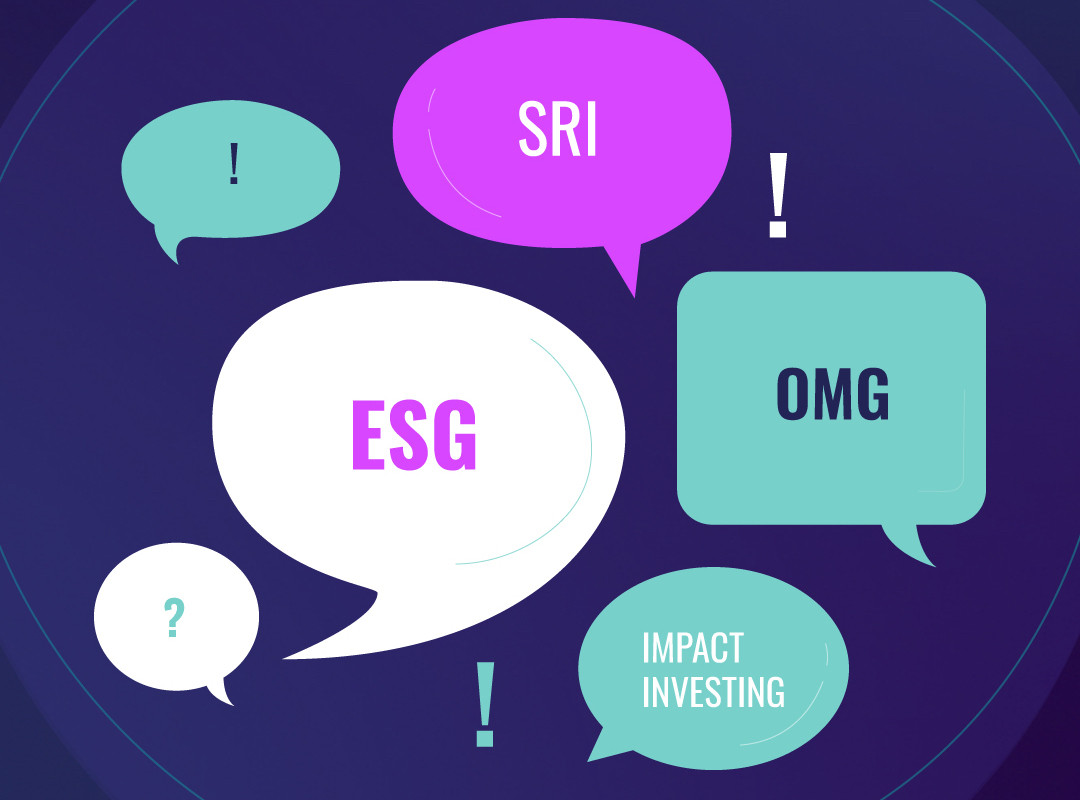 Back to Learn page
Back to Learn page

Market Makers: What They Are and How They Interact With Investors
Market makers play a critical role in creating efficient capital markets, but because they often operate behind-the-scenes, their role might not be apparent to individual investors. I think it’s important for investors to understand what they do, and the different ways they interact with the market.
If there was one thing I’d like readers to take away from this article, it’s that it is the responsibility of the retail broker to search for the best possible execution price for their clients (not the market maker).
So what is a market maker, and what role do they play in the financial markets? Market makers ensure a continuous flow of liquidity, allowing buyers and sellers to execute their trades efficiently. They achieve this by constantly being prepared to buy and sell securities at quoted prices, thereby taking on the risk by holding positions in certain securities.
Interacting with market makers
Beyond simply knowing what a market maker is, it’s important to understand how they interact with other market participants — whether that’s an individual investor, a retail broker, or some other party.
Many individual investors associate market makers with payment for order flow (PFOF). With PFOF, a market maker will pay a retail broker to send over their clients’ orders. The market maker executes those orders and the brokerage gets to pocket the payment as revenue.
Some critics of PFOF believe this payment creates a conflict of interest rather than provides the best price, because it incentivizes the broker to: a) send client orders to the market maker with the highest rebate, rather than using technology to search for the best possible execution price and, b) get their clients to trade more (free trading), as the more orders from the customer the more the broker gets paid from the market makers.
However, I want to point out that it’s the retail broker’s job of finding the best execution price for its clients. With PFOF, market makers are just doing their job by executing orders as instructed by the broker. So for all individual investors who are not fond of PFOF, and concerned that they may not be getting the best possible price, it’s your broker who you should be addressing, not the market maker.
How else can I interact with Market Makers?
PFOF isn’t the only way to interact with market makers. In fact, market makers provide liquidity to the markets in several ways, ensuring they operate in an efficient manner. It's worth highlighting these interactions because some of these setups may be more beneficial to individual investors.
Let’s go over a few:
Indications of Interest (IOI) sent to a broker's router — This is when the market maker sends a signal to a broker's router indicating whether or not it’s interested in buying or selling a specific stock. If the broker's router would like to access this liquidity, it will send the order to the market maker for execution. If not, it ignores the IOI and sends the order to another trading venue or liquidity provider.
In this setup, the market maker doesn’t know the individual investor's trading intention (i.e. they don’t see the order) unless a trade takes place. And since there is no payment going from the market maker to the retail broker, the investor receives 100% of any price improvement.
Contrast this to PFOF, where part of any price improvement the market maker provides relative to the NBBO is sent back as payment to the broker. The remaining price improvement, if any, goes to the individual investor.
To recap, the market maker is telling the retail brokerage’s router where it’s willing to buy and sell a stock. The router then has the option to either trade at that price or not.
Single dealer platform (SDP) — This is an electronic means of execution that allows an investor to interact directly with a market maker, without intermediaries. It works similar to an IOI, with the big difference between the two being that orders are not sent to the market maker’s SDP in response to an IOI, but rather as an IOC order (immediate or cancel) when an order size and price is sent to the market maker. The market maker is not obligated to fill the order.
The SDP can also be customized to the user's experience. For example, a retail broker can specify that they only want to interact with the market maker if they can execute a trade at a particular size, and/or with a stated level of price improvement from the bid-ask spread.
If the market maker has the liquidity the broker wants, the two parties will enter into a trade. If not, the broker will look to execute the trade elsewhere.
Wholesaler — A market maker can also act as a wholesaler. When doing so, they stand ready to provide liquidity to a retail broker's clients anywhere between the NBBO. Knowing that they are competing with other market makers acting in the same capacity for your order (as well as other trading venues) they are incentivized to fill orders between the NBBO. The fill rate for such orders tends to be very high.
Market making on the exchanges — Market makers can operate directly on exchanges allowing for a smooth and orderly trading session. While it’s not clear just how much of the liquidity on the exchange is coming directly from market makers, I would say it’s pretty substantial. So when an individual investor has their trade executed on an exchange, there's a good chance it’s against a market maker. Without market makers, liquidity would dry up and the markets would be much more difficult to navigate.
Hopefully, you can see that market makers play a critical role in our financial markets, and there are multiple ways you can interact with them. Which one is the best? That depends on the type of security you're trading, the current market conditions, and your trading objective.
But, what I can say is that interacting ONLY with market makers to execute orders is NOT optimal. For that matter, interacting ONLY with ATS’s or ONLY with exchanges is also NOT optimal. And solely utilizing PFOF as your method of execution is NOT optimal either. Brokers should have access to multiple trading venues and liquidity providers, including market makers, which can be beneficial to include in a broker’s routing schematic. Having these proper routing methodologies in place can help brokers with their goal to get the best possible prices for their clients.
We retail brokers have many options for how we go about executing client orders. If you don’t know how your broker is routing or executing your orders, you should ask. If you don’t like the methodology they are using, ask if there are other options available to you. And if you don’t like the answers you're getting, you can always shop around for another broker that can provide you with options more in line with your execution beliefs.
∙ ∙ ∙
Michael Capelli is the CEO of Fennel Financials
∙ ∙ ∙
The views expressed are those of the author at the time of writing, are not necessarily those of the firm as a whole and may be subject to change. The information contained in this advertisement is for informational purposes and should not be regarded as an offer to sell or a solicitation of an offer to buy any. It does not constitute a recommendation or consider the particular investment objectives, financial conditions, or needs of specific investors. Investing involves risk, including the loss of principal. Past performance is not indicative or a guarantee of future performance. We do not provide tax, accounting, or legal advice to our clients, and all investors are advised to consult with their tax, accounting, or legal advisers regarding any potential investment. The information and any opinions contained in this advertisement have been obtained from sources that we consider reliable, but we do not represent such information and opinions are accurate or complete, and thus should not be relied upon as such. This is particularly true during periods of rapidly changing market conditions. Securities offered through Fennel Financials, LLC. Member FINRA SIPC.

Expand your knowledge further

Some investors have a hypothesis that ESG investments generate stronger, more sustainable returns over the long term.

Some universities are using endowment funds to invest in the oil industry.

There are a lot of terms used in the world of impact investing, what do they all mean?

More people are paying attention to socially responsible investing.

What does impact investing look like in practice?

An ESG index can help you track the performance of certain ESG-vetted companies over time.

Let's take a look back at some of the things that happened during last year's AGM season.

Want to invest in bonds while having a positive impact on the world?

The Tax Cuts and Jobs Act of 2017 helped create a new type of impact investing.

Equity crowdfunding allows more people to participate in early stage startup investing.
Take back the power of your investment
